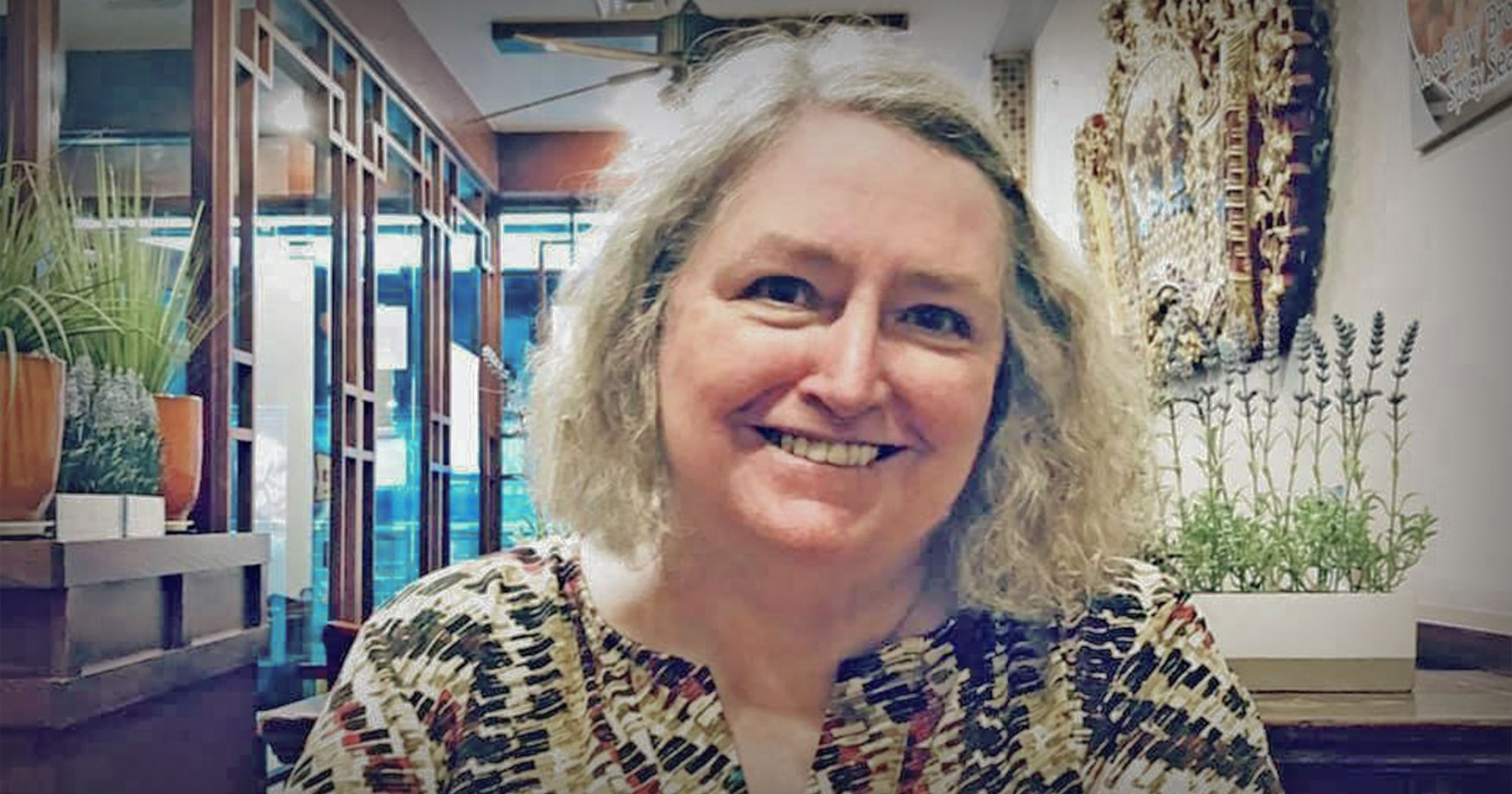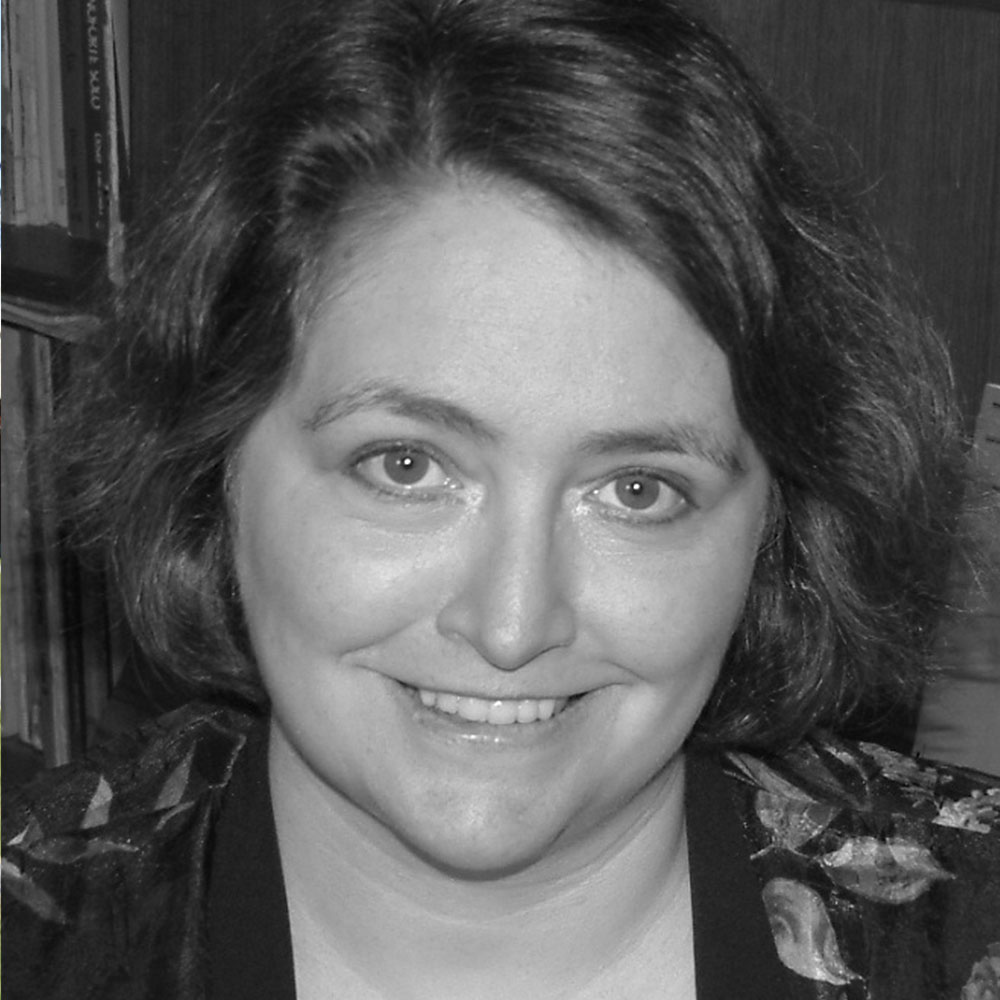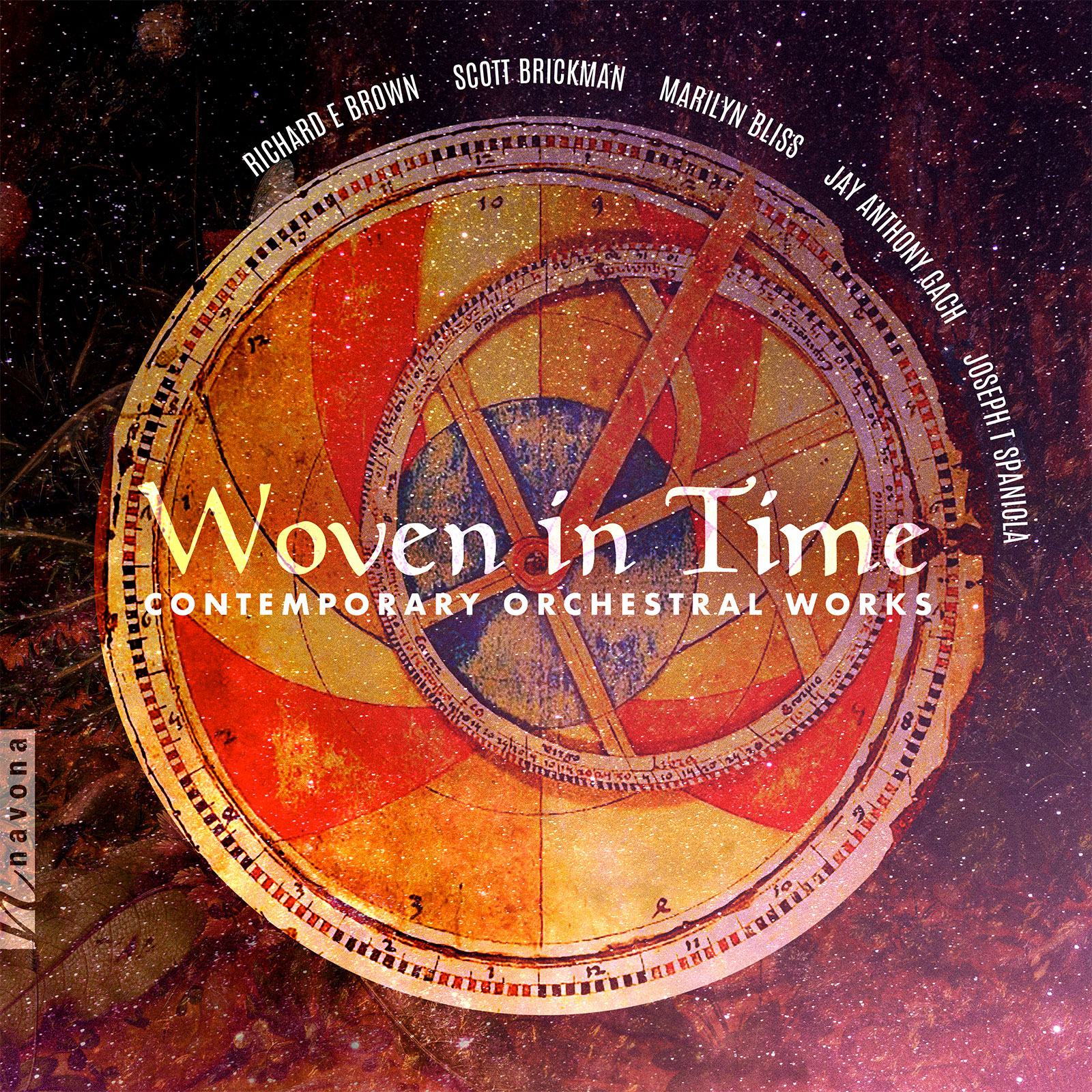
WOVEN IN TIME from Navona Records weaves culture and ideas of the past with a modern approach to composition, revitalizing and repurposing the popular culture and literature of yesterday into contemporary music for our enjoyment today. In Veils from composer Marilyn Bliss, a group of Morris Louis paintings from the 1950s are expressed through music, replicating their delicate quality through translucent veils of sound.
Today, Marilyn is our featured artist in “The Inside Story,” a blog series exploring the behind-the-scenes workings and personalities of our composers and performers. Read on to learn about the artistic influences in her family, and her fondness for Armenia’s classical music scene…
Who was your first favorite artist(s) growing up?
As a young girl in small-town Iowa, I was enchanted by Julie Andrews’s amazing four-octave range, her crystalline voice, and that marvelous British accent that sounded so exotic to me. And my family never missed Leonard Bernstein’s Young People’s Concerts; I remember vividly the New York Philharmonic’s performances of Bartók’s Concerto for Orchestra and Strauss’s Thus Spake Zarathustra. After hearing the unresolved ending, I played it over and over on the piano, fascinated by the strange possibilities. I was fortunate to be able later to thank Bernstein personally. I’m sure that many other former young people did the same.
When did you realize that you wanted to be an artist?
My mother played the piano, mostly for church and the Eastern Star. She was able to cadence whenever necessary and to transpose, and she often “decorated” the pieces in a slightly ragtime style, enlivening them for the congregation. (Yes – she was in demand!) And my sister was a visual artist, so artistic expression was a natural part of my life from the start.
What was your most unusual performance, or the most embarrassing thing that happened to you during a performance?
Unusual: In 2008, I traveled to Moscow for a performance of a piece of mine. I had always wanted to go to Russia, and this seemed like a good opportunity at a good time. When we got to the concert hall, it turned out to be in a school where one needed to present one’s passport to get in. Needless to say, this limited the public audience!
Embarrassing (Only to me, since I hope no one else noticed): When I was still playing the flute professionally, I had a bout of vertigo that I was fighting off. The performance went fine, but when I went to take a bow, I had to catch myself from falling off the stage, since I was standing near the edge!
If you could spend creative time anywhere in the world, where would it be and why?
I’ve been to Armenia three times, but only for brief professional visits. I would love to go back and spend more time in this wonderful, warm country where classical music is a core part of the culture and so many amazingly talented musicians can be found. And the hospitality there is unequaled.
What does this album mean to you personally?
I have wanted for a long time to have Veils heard by a broader audience, and am ecstatic that it is included on this recording in such fine company. Working with sound engineer Jan Košulič, conductor Jiří Petrdlík, the Janáček Philharmonic Ostrava, sound editor and mixer Lucas Paquette, and the entire staff at PARMA has been an ongoing pleasure.
Is there a specific feeling that you would like communicated to audiences in this work?
I hope that listeners can get a bit of a three-dimensional experience through the role of the oboe protagonist in the piece, who is “veiled” and “unveiled” in the orchestra throughout its journey, especially at the climax where within the very thick texture, each instrument gradually peels off to leave the oboe standing by itself, where it was at the beginning.
Explore Marilyn’s Latest Release
WOVEN IN TIME
WOVEN IN TIME is available now from Navona Records. Click here to visit the catalog page and explore this album.

Iowa-born composer Marilyn Bliss has written many widely performed orchestral, chamber, and solo works. She received her B.M. degree in composition, flute, and voice at Coe College in Cedar Rapids IA, and did her graduate studies at the University of Pennsylvania and the City University of New York. Her composition teachers included such distinguished composers as George Crumb, George Rochberg, Jacob Druckman, Jerry Owen, and Harvey Sollberger.

